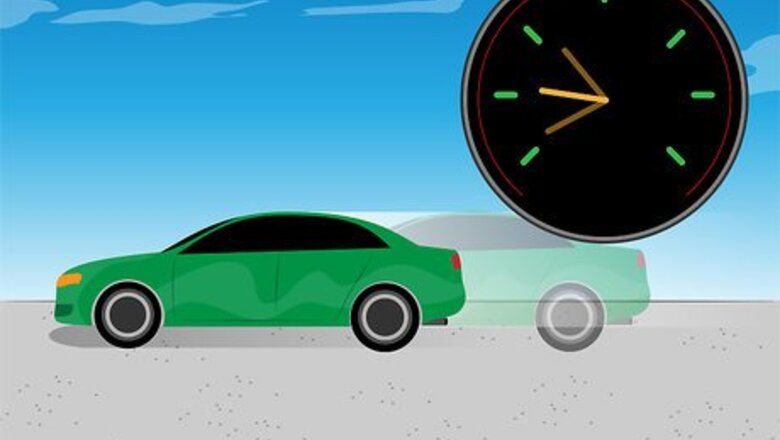
views
Maintain a safe driving speed.
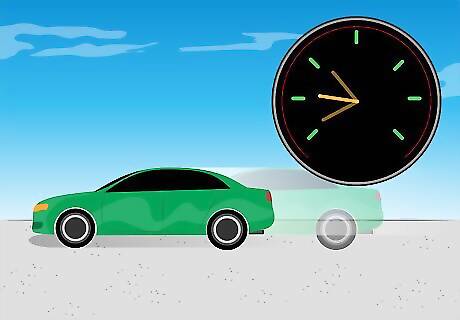
The lower your speed, the higher your chance of survival. A blowout at 80–90 km/h (50–56 mph) will be far less dramatic than one at 140–150 km/h (87–93 mph). Indeed, if you survive a tire burst at 150 km/h (93 mph), consider it a gift of God.
Do not slam on the brake pedal.
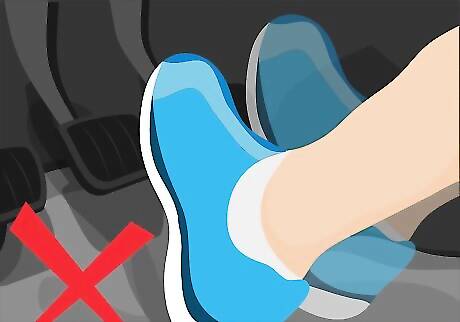
Hard braking is actually the worst thing you can do. It will further imbalance the vehicle and throw it out of control.
Don’t abruptly take your foot off the accelerator.
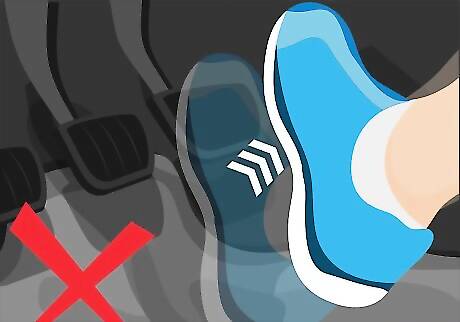
Remove your foot from the accelerator slowly and gradually. In fact, Michelin recommends that you maintain accelerator input momentarily, before releasing it slowly. The deceleration force from a blown tire is so strong that your car will anyway slow down rapidly. If you have engaged cruise control, be sure to disengage it immediately.
Try your best to keep the vehicle pointed straight.

Cornering or turning with a blown tire will greatly upset the car’s composure. If your car is pulling to one side, you might need to pull the steering in the opposite direction to keep it going straight. This is critical, else you risk drifting into the road divider or worse still, the opposite lane.
Do not attempt to over-correct.
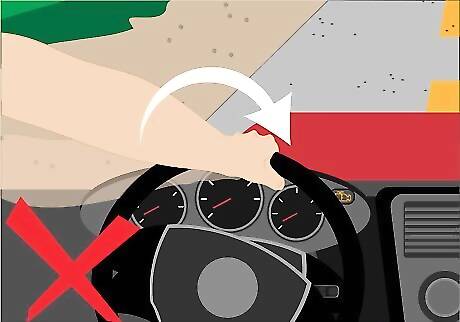
The key is to maintain the vehicle’s stability. A sharp yank of the steering wheel can result in a rollover. Even when you have gained control and are slowly moving to a safe parking spot, do so with the mildest steering inputs possible.
Allow the vehicle to gradually coast to a stop.
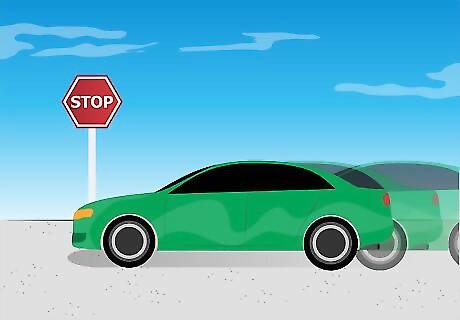
Use engine braking if necessary. Lightly engage the brakes only when your car has decelerated to a slow speed. Use the turn indicators and pull over safely off the road. Drive on the bare metal wheel if you have to, but do not stop in the middle of the road as you run the risk of getting rear-ended by a speeding car. Remember to activate your hazard lights when stopped.

















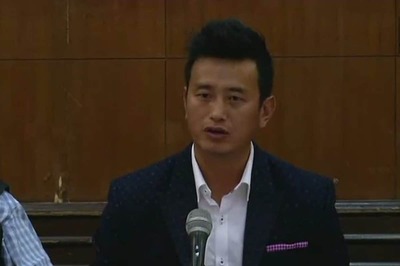

Comments
0 comment